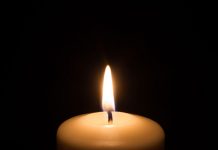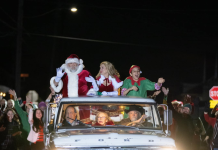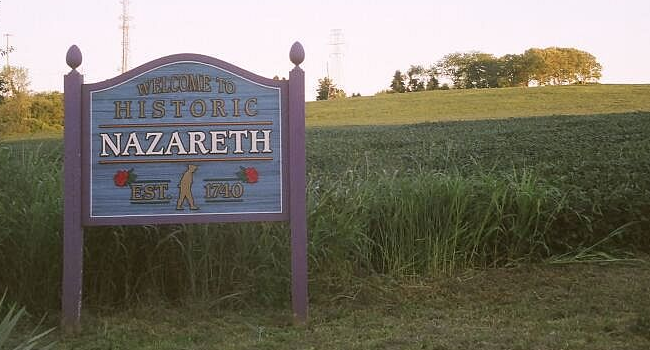Today I am in the new Bath Museum looking at the impact of World War II on Bath, the year of 1940. Our economy was slowly improving, we were optimistic, and we hoped the Great Depression was in the past.
In 1940 war raged in Europe and Japan threatened the peace in Asia. The Japanese attack on Pearl Harbor on Dec. 7, 1941 thrust us into world war, one we attempted to avoid. Now our factories, farms and citizens mobilized for the war.
Soon the draft would send 14 million men to war; Bath would answer the call with 240 men and women serving in our military. Even the machine shops in our cement plants manufactured war materials.
My good friend Margie Rehrig recalls, “My aunt was a member of the Needle Guild, a group of ladies who knitted socks, caps and items like their mothers did. I was thrilled to be a part of the group.”
“We also gave gum, newspapers and candy to soldiers who filled Lehigh New England RR passenger cars as they passed through Bath. There were smiles on their faces, we hoped they all would return home safely.”
The Western Union telegraph agent in Bath was a friendly man named John Sensenbach. The tick of the telegraph would bring news of the way to Bath. Residents were very concerned when they saw him walk down the streets to deliver telegrams.
This writer has read some of those telegrams. They were short and intense. “Dear Mr. Mrs. Brown, your son was wounded in action in Europe, he is now in a military hospital.”
Some telegrams told parents a son was a prisoner of war, the most dreaded being “your son was lost in action.” Tension was a part of daily life if a son or daughter was serving in the Armed Services.
I was really moved when I saw the WAC uniform worn by Ms. Rosa Horn in 1943 in the new Bath Museum. My mind took me back to my World War II memories when I saw men and women leaving for service from my old neighborhood.
The U.S. Military would peak at 14 million men, there was a drain on manpower. The government organized the W.A.C.-the Women’s Army Corp and the Waves of the Navy and Marines. Two hundred thousand women joined the services. Their efforts have been forgotten. They were given many non-combat assignments to free men to serve overseas. The training including using a rifle. Many college campuses became training grounds for the women.
Ms. Horn’s uniform salutes all the women who left their jobs and careers to serve the nation. They were volunteers who placed their country before their careers.
We will conclude this series in two weeks.









